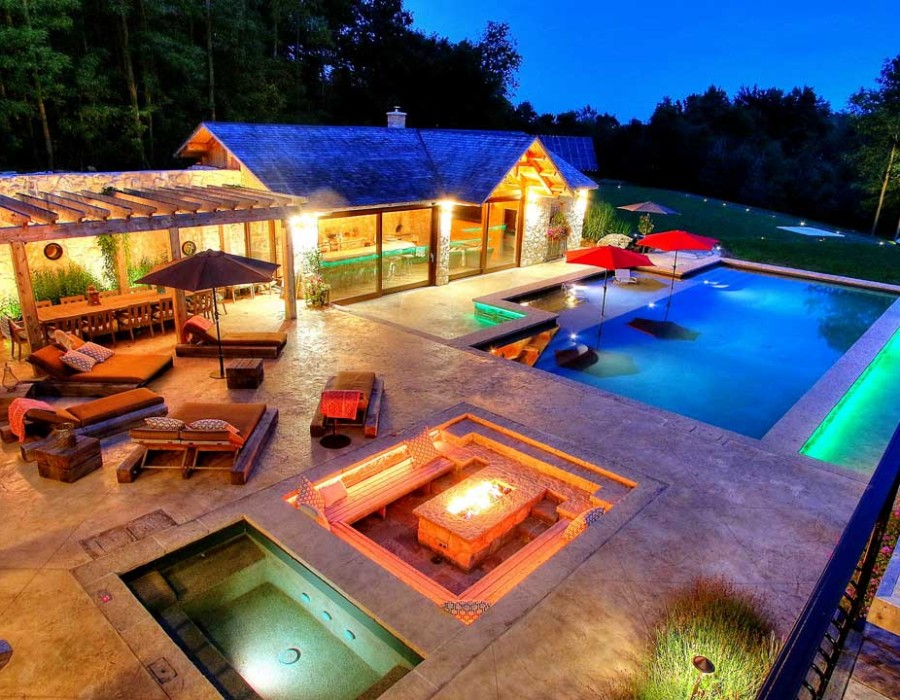In recent years, the field of real estate has witnessed a remarkable transformation with the advent of 3D house photography. Gone are the days of static images and floor plans; now, potential buyers can virtually explore a property as if they were physically present. This groundbreaking technology has revolutionized the way houses are showcased, providing an immersive and realistic experience for both buyers and sellers. In this article, we delve into the fascinating world of 3D house photography, exploring its benefits, applications, and future possibilities.
The Power of Immersive Visuals:
Traditional photographs, while informative, often fail to capture the true essence and layout of a property. With 3D house photography, potential buyers can virtually walk through every nook and cranny of a house. Utilizing state-of-the-art cameras and imaging software, 3D photographers can create interactive and immersive experiences, allowing viewers to navigate through rooms, hallways, and outdoor spaces effortlessly. This technology provides an unparalleled sense of scale, depth, and spatial understanding, making it easier for buyers to visualize themselves living in the space.
Enhancing the Buying Experience:
One of the significant advantages of 3D house photography is its ability to enhance the buying experience for prospective homeowners. Instead of relying solely on static images or physical visits, buyers can now explore properties remotely, saving time and effort. This is particularly useful for international buyers or those looking to relocate to a different city or country. By providing a realistic and comprehensive view of a property, 3D house photography empowers buyers to make informed decisions without the need for multiple in-person visits.
Benefits for Real Estate Professionals:
Real estate professionals have also reaped the benefits of 3D house photography. By incorporating this technology into their marketing strategies, agents can attract a wider audience and stand out in a competitive market. High-quality 3D visualizations not only grab potential buyers' attention but also showcase a property's unique features, increasing its perceived value. Additionally, 3D house photography eliminates unnecessary property showings, allowing agents to focus their time and resources more efficiently.
Applications Beyond Residential Real Estate:
While 3D house photography has predominantly been utilized in residential real estate, its applications extend to other sectors as well. Commercial real estate, vacation rentals, hospitality, and event venues can leverage this technology to create engaging and interactive virtual tours. Architects and interior designers can use 3D house photography to showcase their work, providing clients with a realistic preview of their designs. The applications are endless, limited only by imagination.
The Future of 3D House Photography:
As technology continues to advance, the future of 3D house photography looks promising. With the rise of virtual reality (VR) and augmented reality (AR), we can expect even more immersive experiences, allowing potential buyers to interact with virtual furniture or make real-time modifications to the space. Integration with artificial intelligence (AI) could enhance the capabilities of 3D house photography, enabling features like voice-guided tours or personalized recommendations based on buyer preferences.
The world of real estate has experienced a remarkable shift with the introduction of 3D house photography. This cutting-edge technology has transformed the way properties are showcased and experienced, providing buyers with immersive and realistic virtual tours. Its benefits extend to real estate professionals, who can attract more clients and streamline their operations. As technology advances, we can expect even more exciting developments in the field, opening up new possibilities for this revolutionary tool. The future of real estate marketing has arrived, and it's three-dimensional.
For More Info:-
3D House Photography in Toronto
real estate photography toronto






Comments